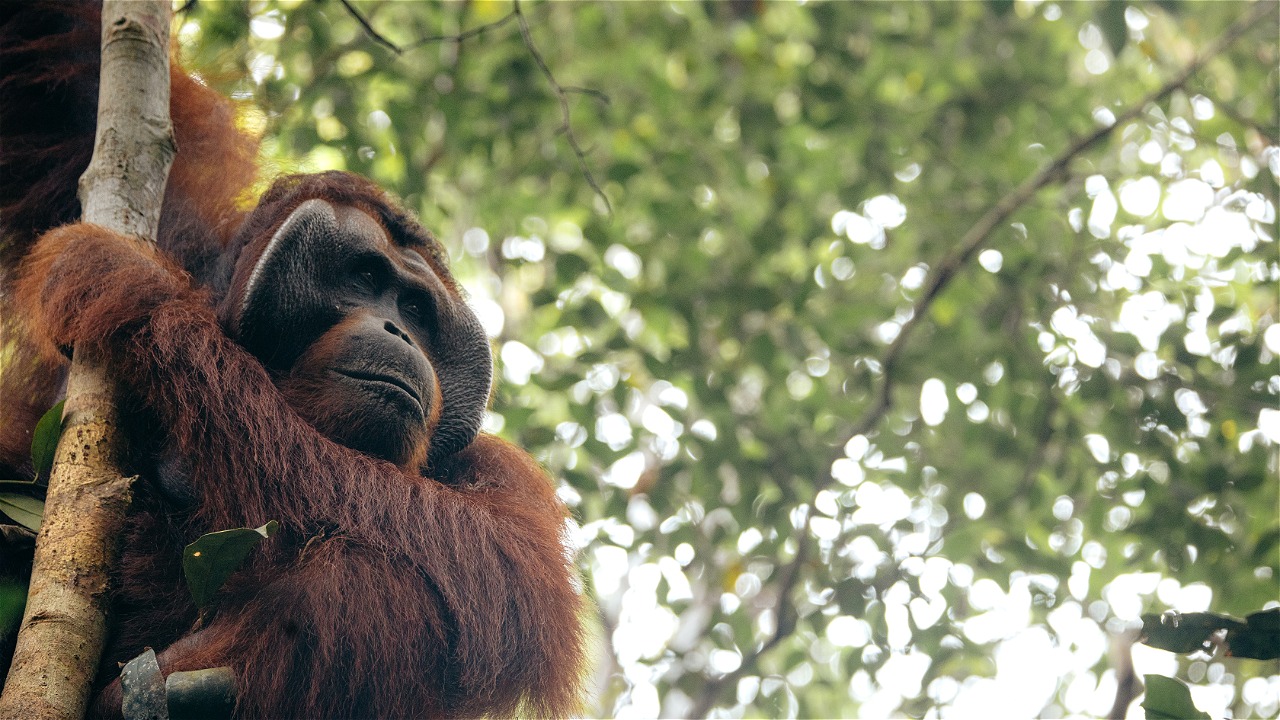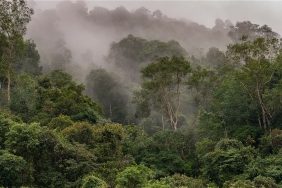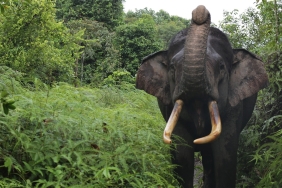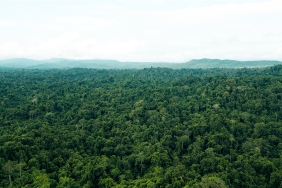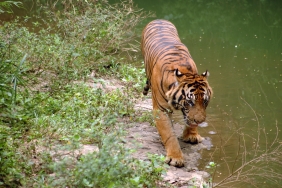LABIAN-LEBOYAN DESIGNATED AS KEE ORANGUTAN CORRIDOR
The government and NGOs officially signed a protocol to establish Labian-Leboyan as an Essential Ecosystem Area (KEE) for the Kapuas Hulu Orangutan Corridor on Friday (20/10/2017). The KEE Management Policy is an initiative of the KSDAE Directorate of Essential Ecosystem Management, Ministry of Environment and Forestry.
The parties that signed the cooperation protocol are the West Kalimantan Provincial Forestry Service, the Kapuas Hulu Regency Regional Development Planning Agency, the Betung Kerihun and Danau Sentarum National Park Center, and the WWF-Indonesia Foundation.
Director of Essential Ecosystem Management of MoEF Antung Deddy Radiansyah said that essential ecosystems are designated as protected areas and managed based on conservation principles.
"This area exists in one or more administrative regions," he said in Putussibau, Friday (20/10/2017).
According to Antung, essential ecosystems can be interpreted as ecosystems outside conservation areas. This area, ecologically, socio-economically and culturally has important value for biodiversity conservation. The scope can be natural and artificial ecosystems located inside and outside the forest area.
However, Antung said, most potential KEE areas have been managed for various purposes. For example, road and port infrastructure, agricultural and plantation development, settlement expansion and various other development needs. "We need the support of the parties in efforts to conserve natural resources and ecosystems, both inside and outside the forest area," she pleaded.
Based on the Ministry of Environment and Forestry's Essential Ecosystem Management document, KEE coverage includes mangrove areas, karst, corridors, and high conservation value areas (ABKT).
In Kapuas Hulu, the designated KEE is the Orangutan Corridor in the Labian-Leboyan watershed. Reconnection of fragmented forests through corridors in the form of restoration has been carried out by WWF-Indonesia since 2010-present covering an area of 1000 hectares.
This will have a positive impact on isolated populations of flora and fauna. And, it allows the exchange of individuals between populations so as to prevent inbreeding that can reduce genetic diversity.
Corridors as connecting ecosystems are vulnerable to climate change because climate change will affect animal behavior, animal reproductive abilities and the carrying capacity of the area including the availability of food and space (animal home range). WWF-Indonesia's West Kalimantan Program Manager Albertus Tjiu said that Kapuas Hulu has been designated as a Conservation District through Regional Regulation No. 20 of 2015. "Of course, this policy requires the right touch of governance so that the development process can run sustainably," he said.
According to Albert, Kapuas Hulu's management direction rests on three development pillars. The three are the Agropolitan District Strategic Area (KSK) from the point of economic interest, the Ecotourism KSK from the point of environmental and economic interest, and the Corridor KSK from the point of environmental interest.
Currently, Albert said, stakeholders have agreed on a cooperation protocol and established the Labian-Leboyan Corridor as the Kapuas Hulu Orangutan Corridor KEE.
"Why Labian-Leboyan? We have assessed that the area has a high hydrological function. Then, the terrestrial ecosystem function is also good. The area is a socio-cultural and economic identity of the community, as well as an orangutan migration route," he explained.
Regarding orangutans, Albert explained, IUCN 2016 has released critically endangered status and there are 2,680 individuals left in West Kalimantan. The 2016 Orangutan Population and Habitat Viability Assessment (PHVA) shows that the priority population of Pongo pygmaeus pygmaeus is in Betung Kerihun-Lanskap Batang Ai-Lanjak Entimau, Danau Sentarum-near the corridor.
WWF-Indonesia also detected the presence of these orangutans along 70 kilometers in the connecting area of TNBK and TNDS with a total of 680 orangutans.
Through the signing of the Orangutan Corridor KEE protocol in Kapuas Hulu, Albert hopes that stakeholders can build good communication and manage KEEs together and openly. "Socio-economic development, government infrastructure, and public interest can be carried out in the KEE management action plan," he explained.

